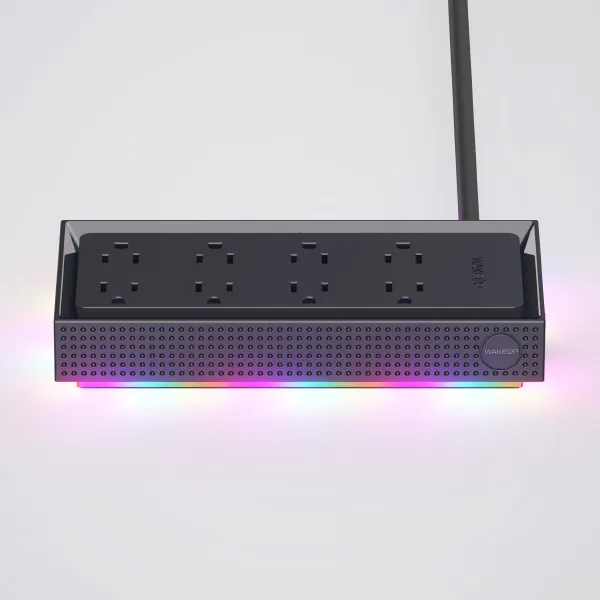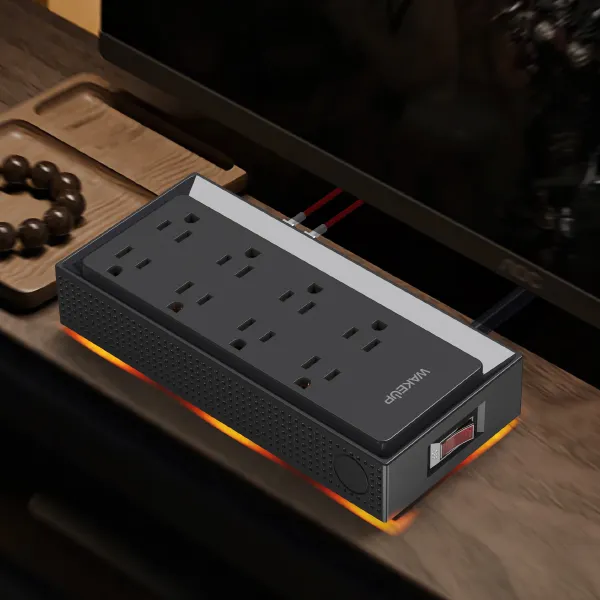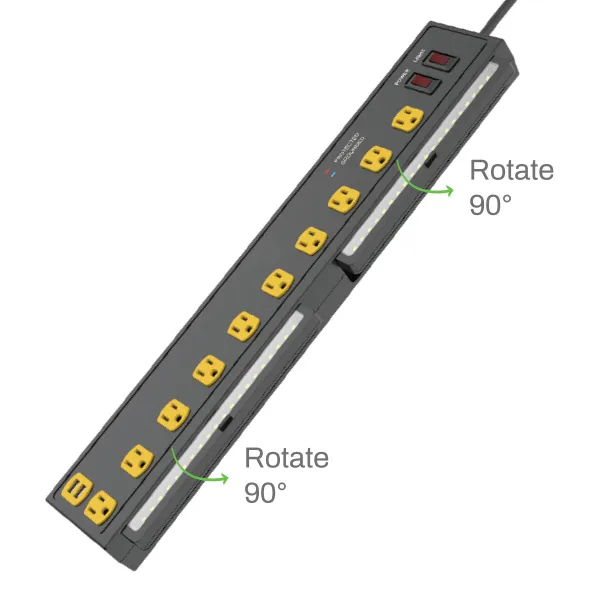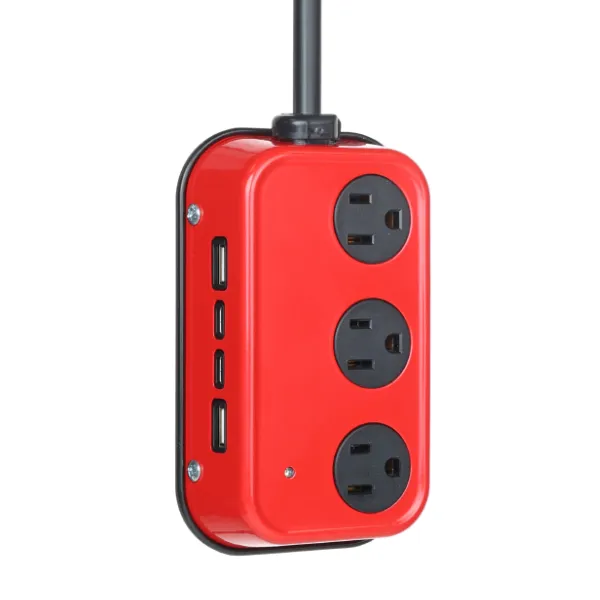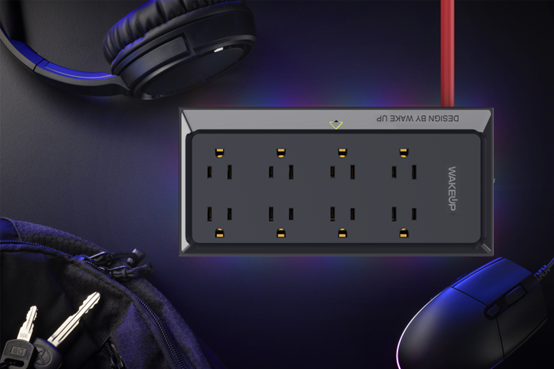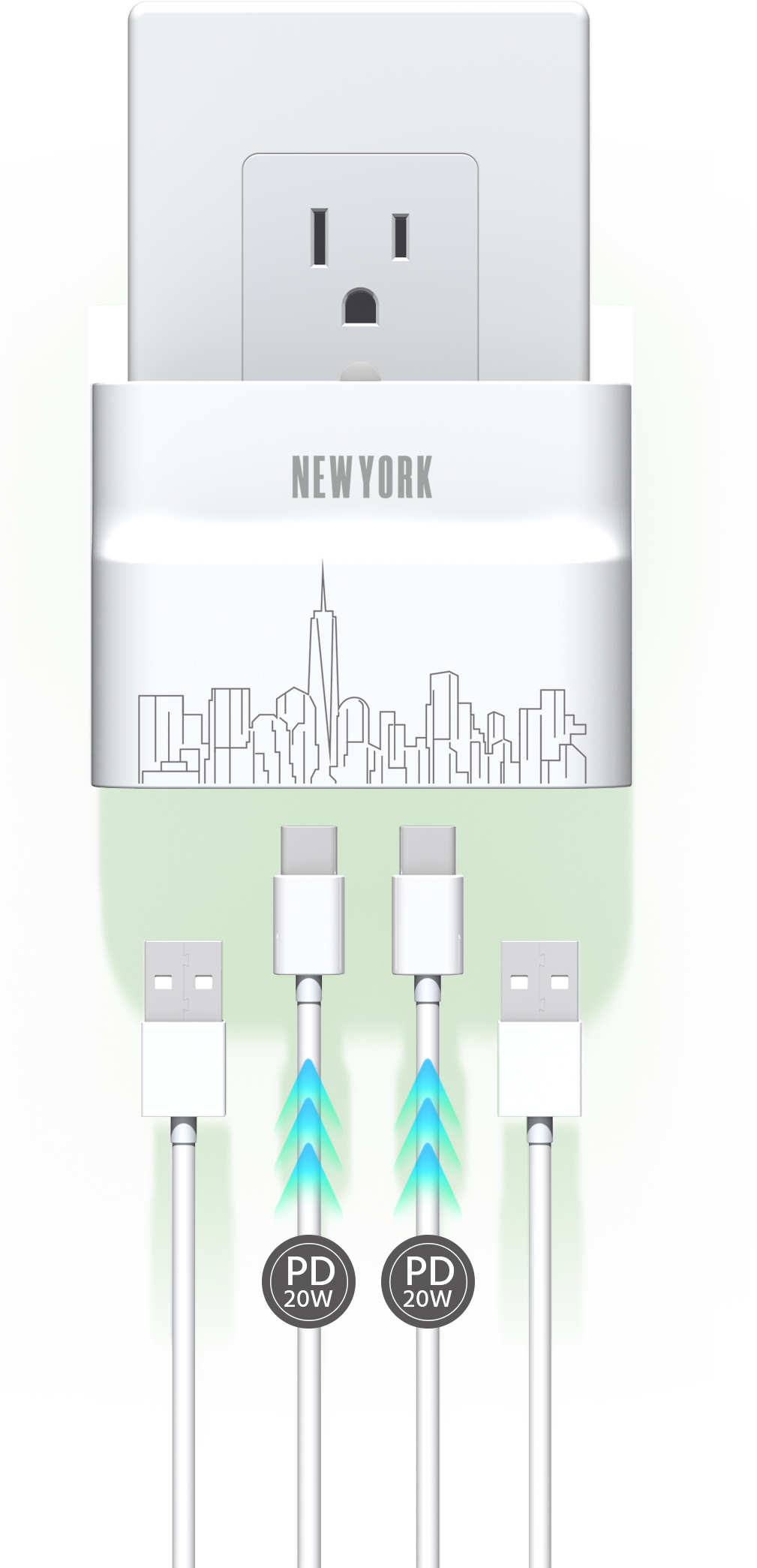Power strips and surge protectors seem similar but serve different needs. Understanding their differences avoids potential risks.
Difference between power strips and surge protectors^1
A power strip provides multiple outlets, while a surge protector guards against voltage spikes, offering extra safety.
Choosing the right product ensures safety and meets specific electrical needs. Let’s dive deeper.
Which is better, a surge protector or a power strip?
Power strips and surge protectors meet different needs. Choose based on your safety and device protection priorities.
Surge protectors safeguard devices from spikes, while power strips add outlets but lack surge protection.
When deciding, consider the following factors:
1. Purpose Comparison
| Feature | Power Strip | Surge Protector |
|---|---|---|
| Primary Function | Adds multiple outlets | Protects devices from voltage spikes |
| Safety | No protection from surges | Includes surge suppression features |
| Cost | Generally cheaper | Slightly more expensive |
A surge protector is ideal for sensitive electronics like computers or TVs. A power strip works for low-risk devices like lamps or fans.
2. Usage Scenarios
If you’re using devices in an area prone to storms or power fluctuations, a surge protector is better. It ensures safety by absorbing excess electricity. However, in areas with stable electricity, a power strip may suffice for basic needs.
How do I know if a power strip is a surge protector?
Mislabeling leads to confusion. Clear indicators help identify surge protectors.
Look for a joule rating or terms like "surge protection" on the packaging or product label.
1. Key Features to Check
| Indicator | Surge Protector | Power Strip |
|---|---|---|
| Joule Rating | Clearly displayed | Not applicable |
| Indicator Lights | Surge protection light included | No indicator light |
| Certifications | UL 1449 or ETL certified | General certifications |
2. Why It Matters
Surge protectors absorb spikes caused by power surges, protecting valuable electronics importance of surge protectors for electronics^2.Without one, devices risk damage during electrical events.
When should you not use a power strip?
Power strips are convenient but can cause risks if used improperly.
Avoid using power strips for high-power devices like heaters or appliances that exceed capacity risks of using power strips for high-power devices^3.
1. High-Power Devices
Appliances like microwaves, refrigerators, and air conditioners draw significant power. Using a power strip with these devices risks overheating or even fires.
| Device Type | Recommended Connection | |
|---|---|---|
| Low-power devices | Suitable for power strips | Examples: lamps, chargers |
| High-power devices | Direct wall socket connection only | Examples: refrigerators, heaters |
2. Overloading Hazards
Exceeding the strip’s capacity may trip breakers or cause damage. Always check the wattage limit, printed on the device, to prevent overloads.
What are the disadvantages of power strips?
While convenient, power strips come with drawbacks that need consideration.
Limited safety features and capacity make power strips unsuitable for sensitive or high-power devices disadvantages of power strips^4.
1. Safety Concerns
Power strips lack built-in protection against electrical hazards. Overloaded strips can cause overheating or fires, especially when used improperly.
| Limitation | Risk |
|---|---|
| No surge protection | Vulnerable to voltage spikes |
| Limited capacity | Overloading risks |
2. Durability Issues
Cheaply made strips degrade over time, reducing their safety. Regular inspections are essential to avoid risks. Replace power strips showing signs of wear or damage.
Conclusion
Power strips and surge protectors serve unique purposes. Choosing the right one ensures safety and efficiency for your devices.


